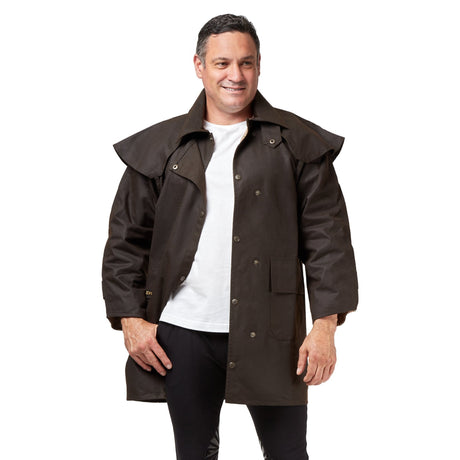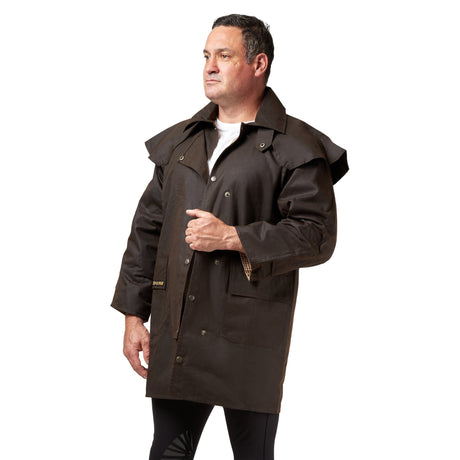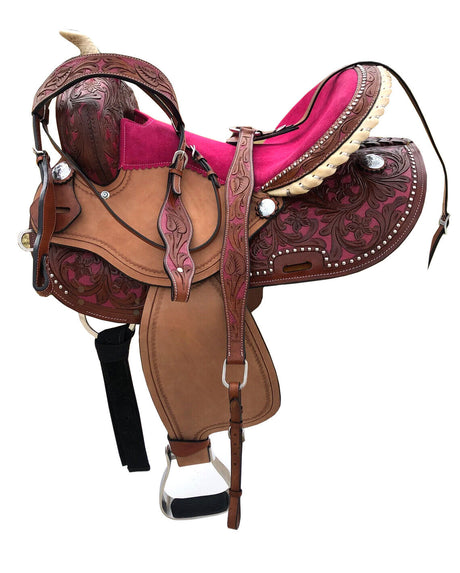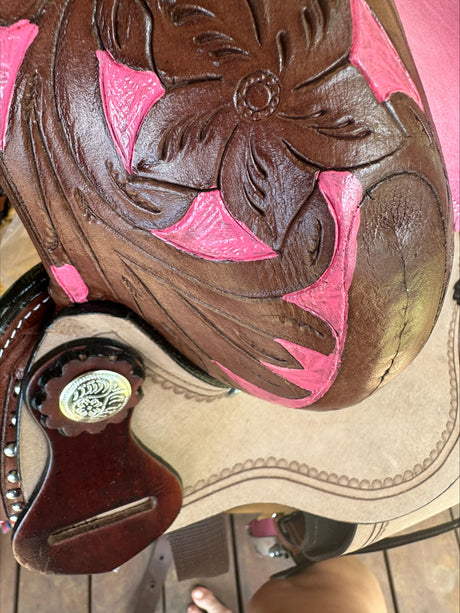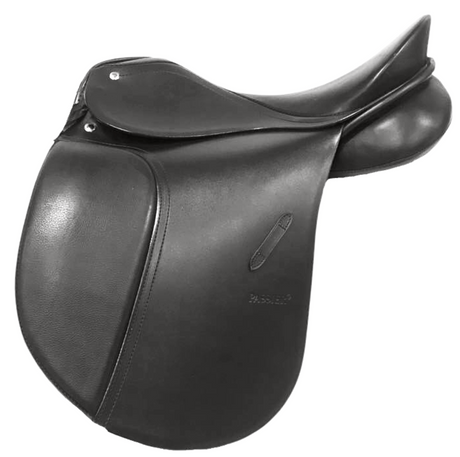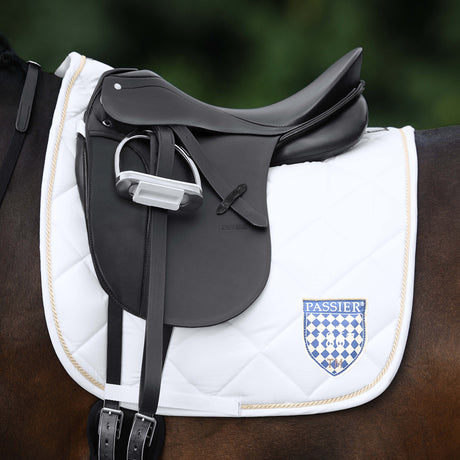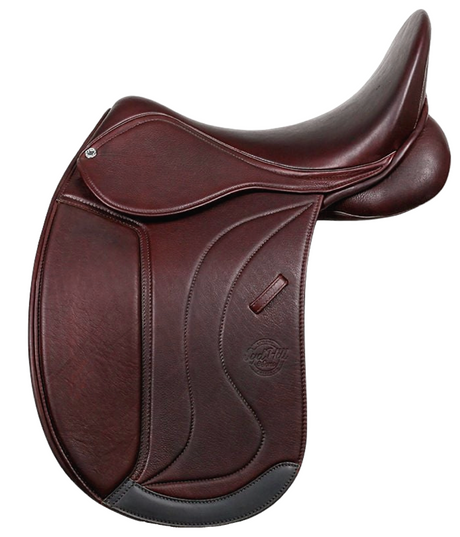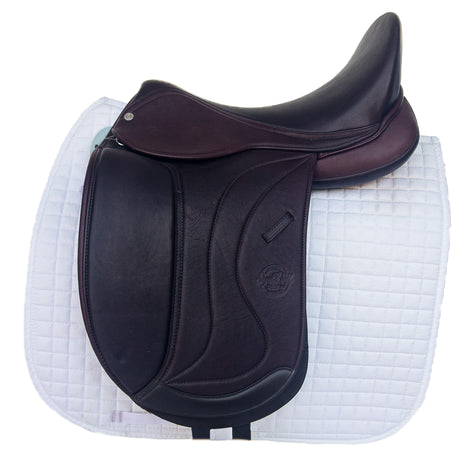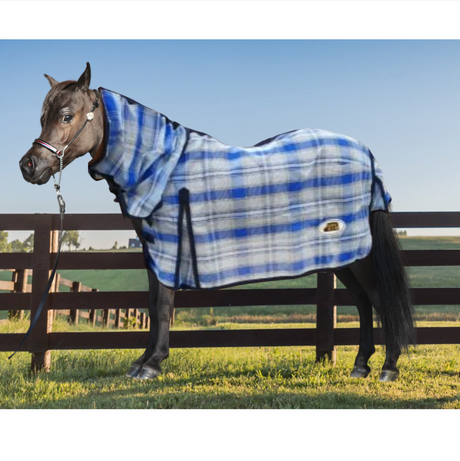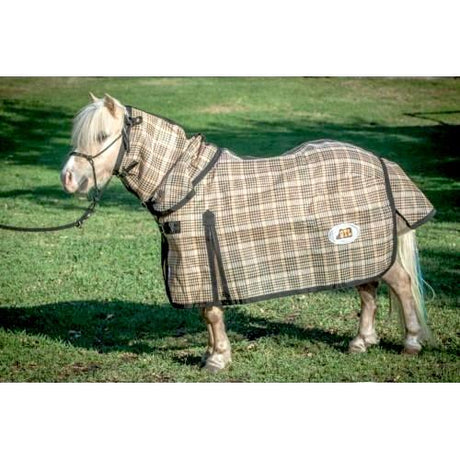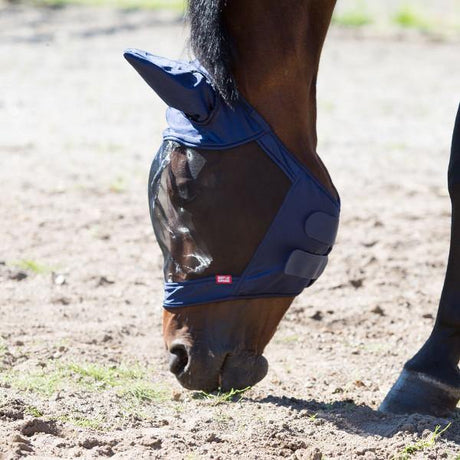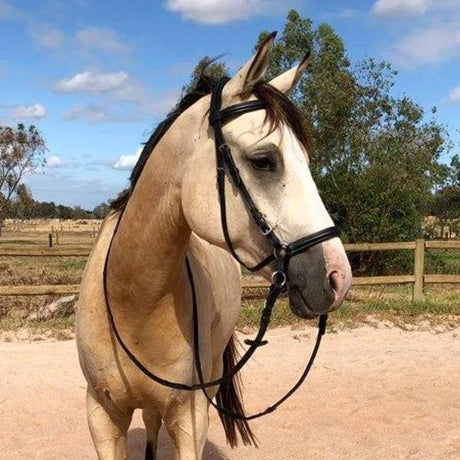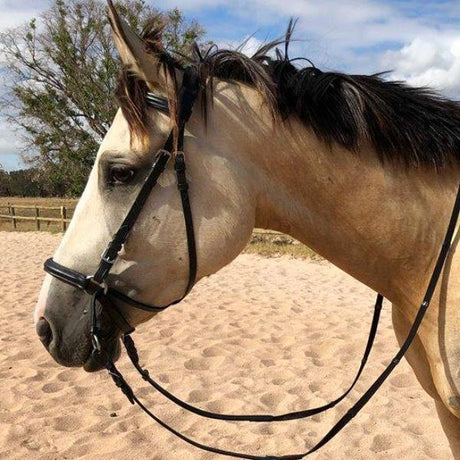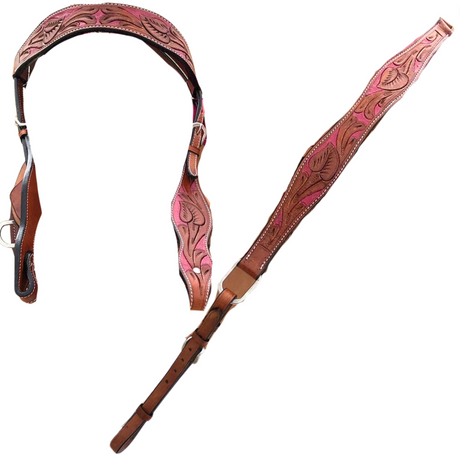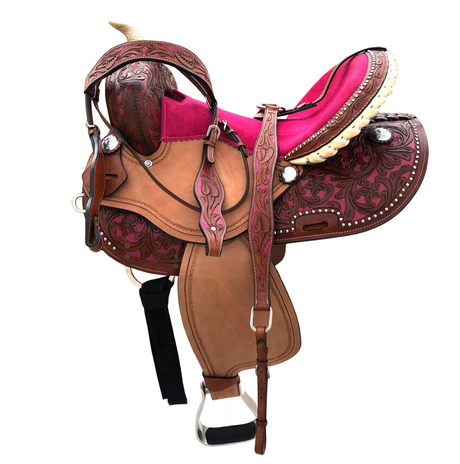The Origin of the Bitless Bridle
The domestication of the horse occurred approximately 6000 year ago.[1] Both leather, rope and metal material was quickly introduced to be used as the first bridle and bit to control horses. Surprisingly the horse bridle design has not changed too much since then. We still use the same concept today - a headpiece that connects with a buckle to a bit that goes in the horse's mouth. We then learnt to teach horse handlers that pulling the bit means stop and turn. Even though the concept is still the same today, we have a more larger range of options for bitted bridles and types of bitless bridles, including side pulls, regular bridle, hackamores, bosals and other different bitless options. There is no one solutions fits all as horses are live animals hence what works on one horse might not work one another. Especially for sensitive horses, unwanted behaviours might be a result of bad fitting tack that causes pain or discomfort to the horse.
The horse's mouth is very sensitive hence more and more riders look for bitless solutions. Bitless bridles are also popular when training young horses as if you train them to be soft and responsive from the start, you should be able to ride with with our without a bit.
Bitless Bridles for Western Riders
Bitless bridles for the western discipline are slightly different than from english riding. Western riders tends to ride with loser reins, the softer contact allows to use stronger bits as there is no constant pressure from the reins. The other difference is that some western bitless bridles are controlled from the horse's jaw rather than on each side of the horse's muzzle. This design seems to be just as effecting when stopping, however lateral movements and turning can be more difficult especially on an untrained horse.
Western Sidepulls
Western sidepulls are very popular and top sellers all over the world. The noseband connects directly to the reins ans cheek pieces. There is a softer poll pressure over the horse's nose. It can however be more difficult to stop its not as harsh as other bitless alternatives. Different horses do however respond differently to the pressure.

Photo Credit: SS Tack
Rope Halters
Bitless rope halters attached to reins (or lead rope) on each side of the muzzle. This type of bitless bridle is a bit stronger due to the thinner noseband design. Riders should ride with gentle hands, lose reins to control the amount of pressure horse's head.
Cross-under
The cross-over bitless bridle was invented in the last century in the US. It has a unique design where pressure goes over the horse's whole head (not just one pressure point).
This makes it a good choice for trail riding or light hacking. However riders feel they are in less control as the bridle and pressure is so soft, it can be challenging to work a horse in a frame with light rein aid. This is still possible though and riding with your seat and voice command will make you a better rider over all. From the horse's point of view this bridle should be extra comfortable.
Bitless Bridles for English Riders
Bitless bridles in the english riding disciplines are not as 'accepted', especially in dressage. However liberty and horsemanship enthusiast have embraced the option as the preferred choice.
A famous bitless rider is french Alizee Froment. As a successful grand prix dressage rider she is disrupting an industry that is very old school and set in their ways when it comes to rules and regulations. The debate is a hot topic and there will most likely be a lot of changes made in the next few years. Alizee has proven that you don't need harsh bit (or any tack) to perform difficult dressage movements such as piaff and passage.

Photo Credit: Pinterest
Sidepull Bridle
The sidepull english bridle is similar to the western sidepull, it makes the horse respond on poll pressure.
Mechanical Hackamores
The mechanical hackamore is one of the worlds most known type of 'bitless bridle'. It has a curb straps or curb chains which makes it quite a strong bit even though its bitless. The length of the shanks determines how harsh the bit is. A shorter shank should only be used with experienced riders. The jaw strap can be quite strong on the horse even if its made of sheepskin or leather.

Photo Credit: Equestrian Space
Bitless Riding and unwanted behaviors
There's years of research proving that bits are not necessary to control a horse effectively. It all comes down to how they are started and how they are taught to respond to pressure. Bitless riders have in the past taught their horse's to respond to leg pressure, seat pressure, voice commands and hand pressure on their wither [2] . Unwanted behaviours in horses are usually due to inexperienced trainers or pain/discomfort. Horses are generally very curious and trainable as long as you have patience and give it a long time.
Competition Rules
Bitless bridles banned in most disciplines in the show ring, simply due to safety reasons. A beginner rider may be more out of control if riding a horse that gets spooked etc when in a bitless rather than a bitted bridle. The industry is however slowly changing and we should see some regulation changes in the next 10 years. The focus should be on horse training and not the gear we use.
In the english disciplines bitless bridles are still allowed in eventing, showjumping, hunting and polo. For western disciplines its allowed in: reining, barrel racing, gymkhana, penning, cutting, rodeo and calf roping.
Rider Lauren Tisbo takes the opposite approach however, she removed the bridle and rides in a 'bit' only[3]. Also reffered to as a war bridle as pictures below.

Photo: Practical Horsemen
Should you ride bitless?
The truth is a mild snaffle bit can be softer on the horse than a bitless bridle. So simply going bitless won't mean that you are more gentle on your horse. Discuss with an experienced coach before deciding which kind of bridle to try next. Make sure you checkout our Top 9 Most Popular Bitless Types for further information.
References
- Wikipedia, "BItless Bridle, Accessed May 26, 2021.
- Ponybox, "The History of Bitless Riding", accessed Mat 26, 2021. https://www.ponybox.com/news_details.php?id=2778&title=The-History-of-Bitless-Riding
- Practical Horsemen "A Key to Every Horse" How grand prix rider Lauren Tisbo gets the most out of her mounts. Accessed 27 May, 2021. https://practicalhorsemanmag.com/training/a-key-to-every-horse

